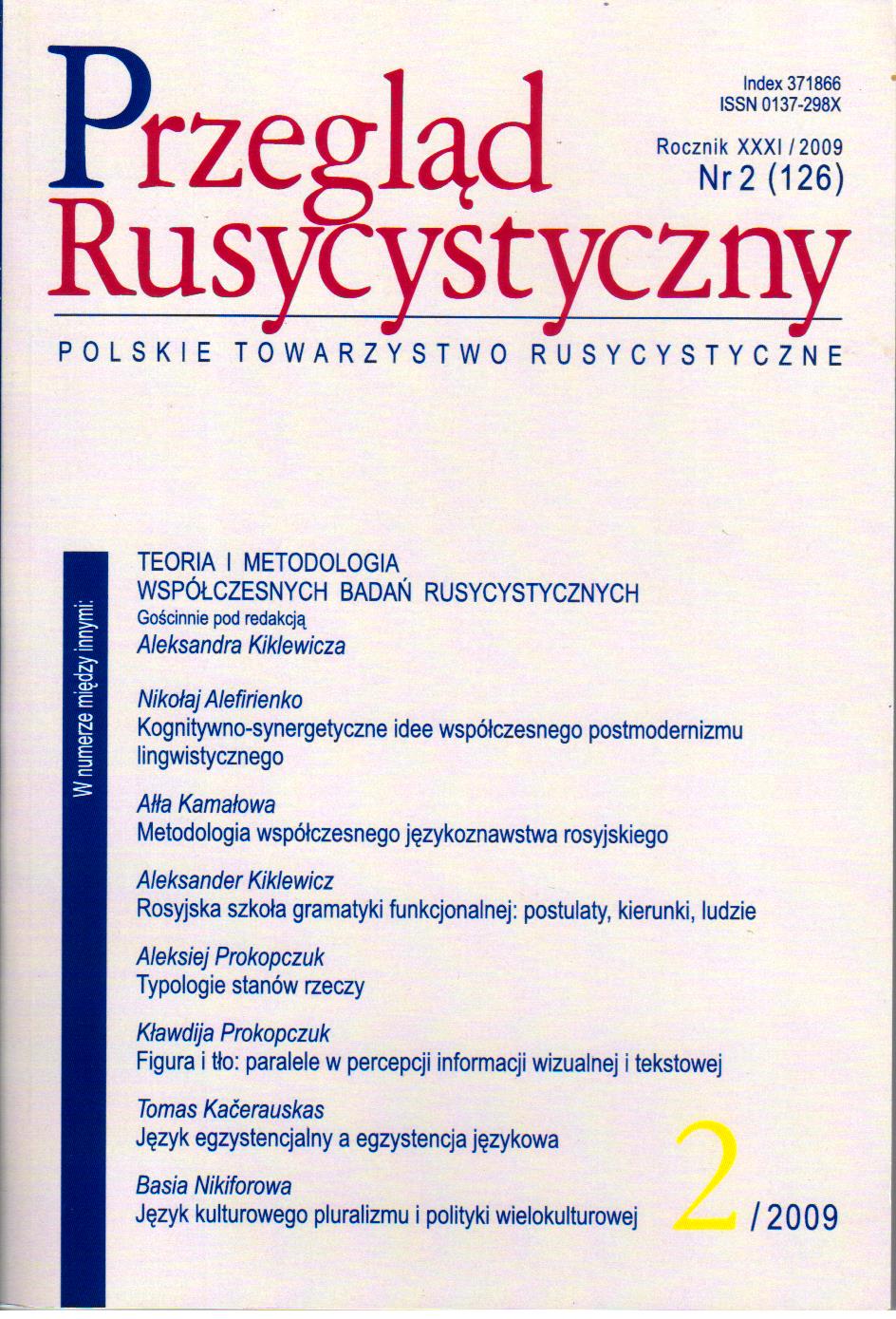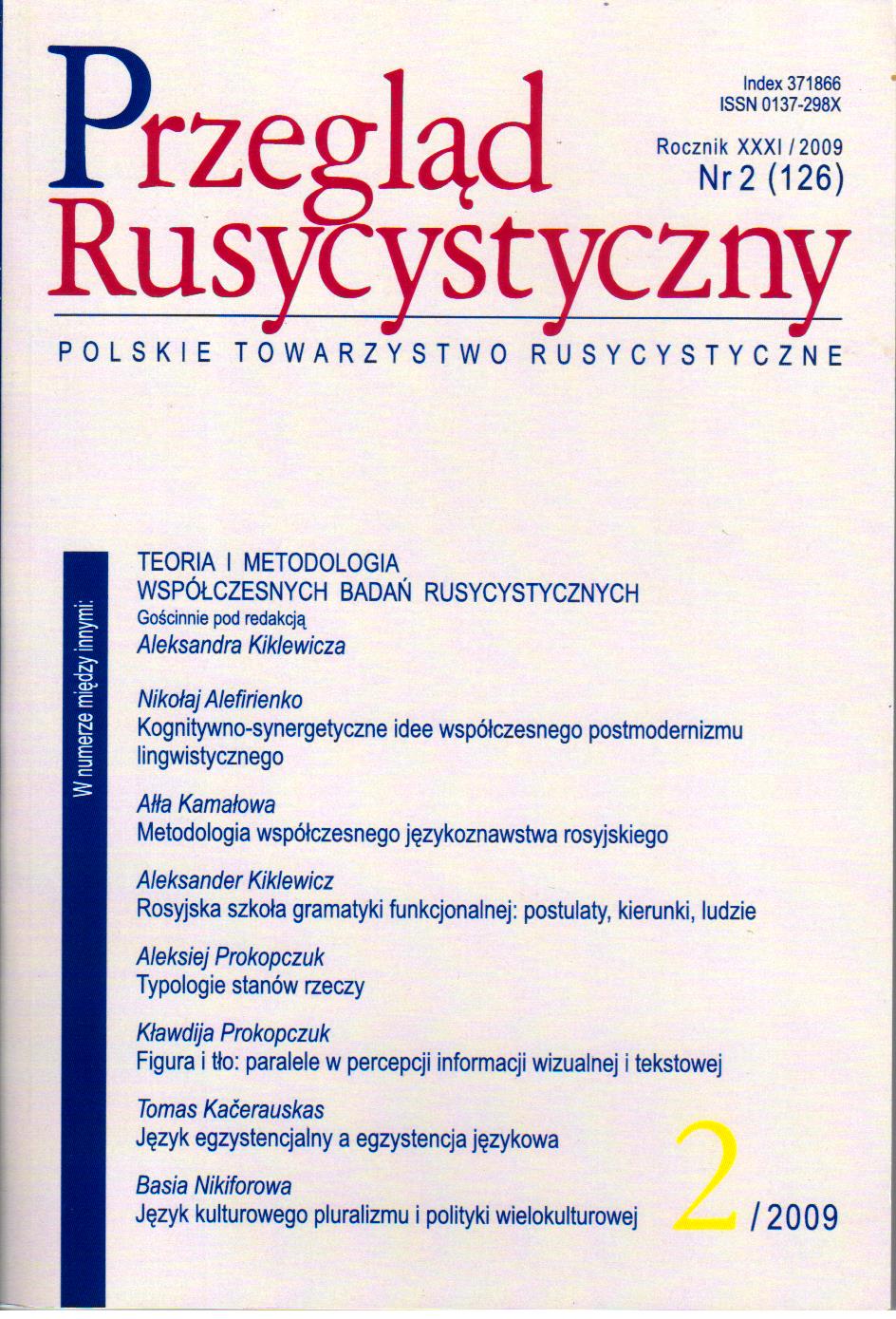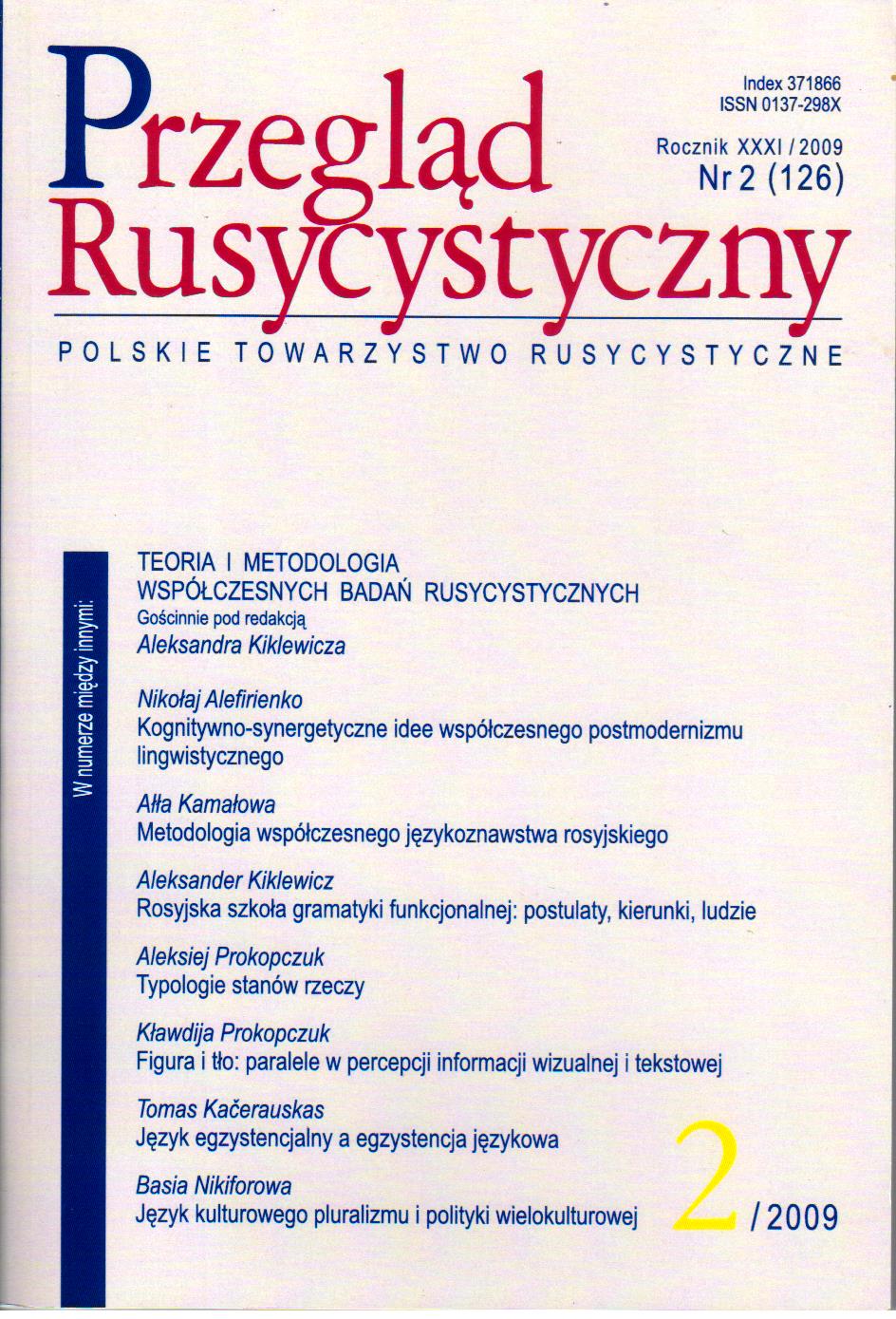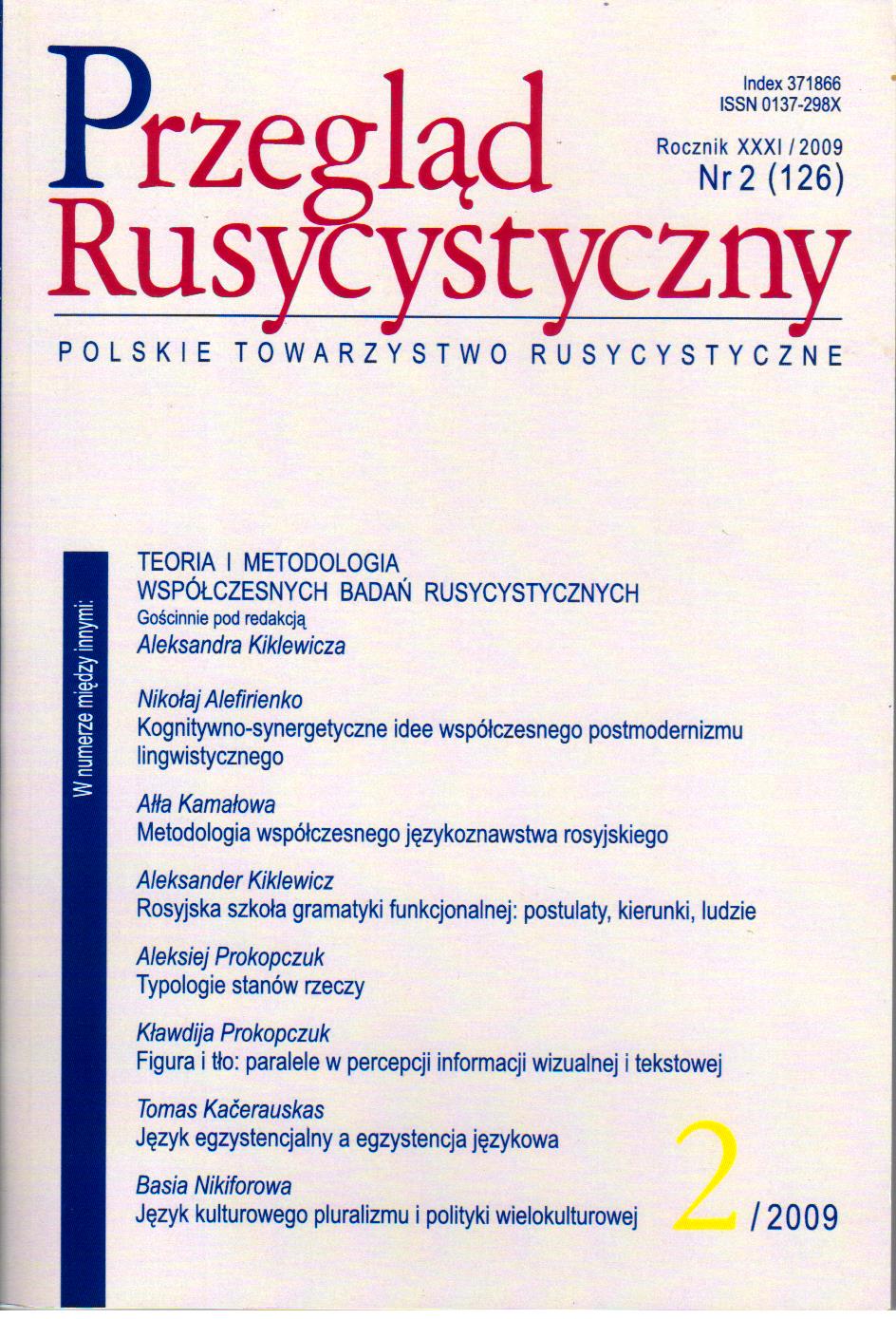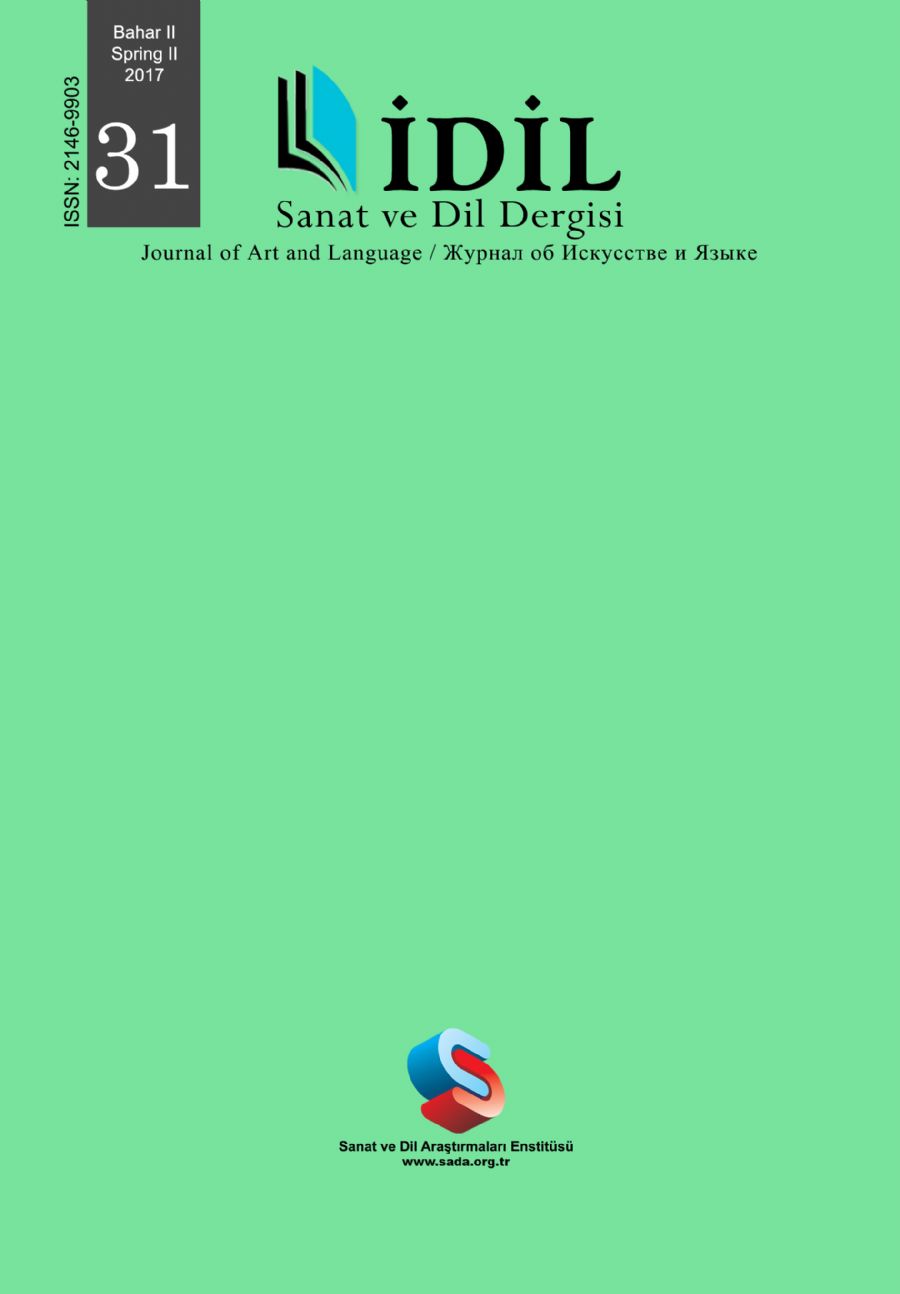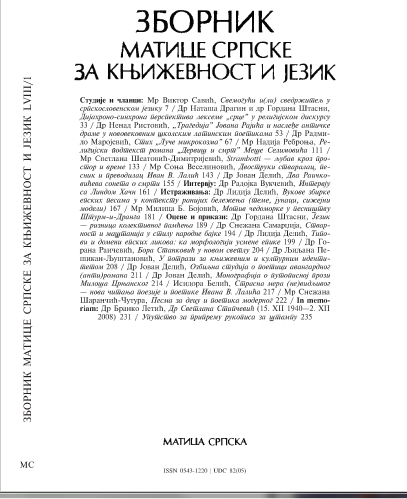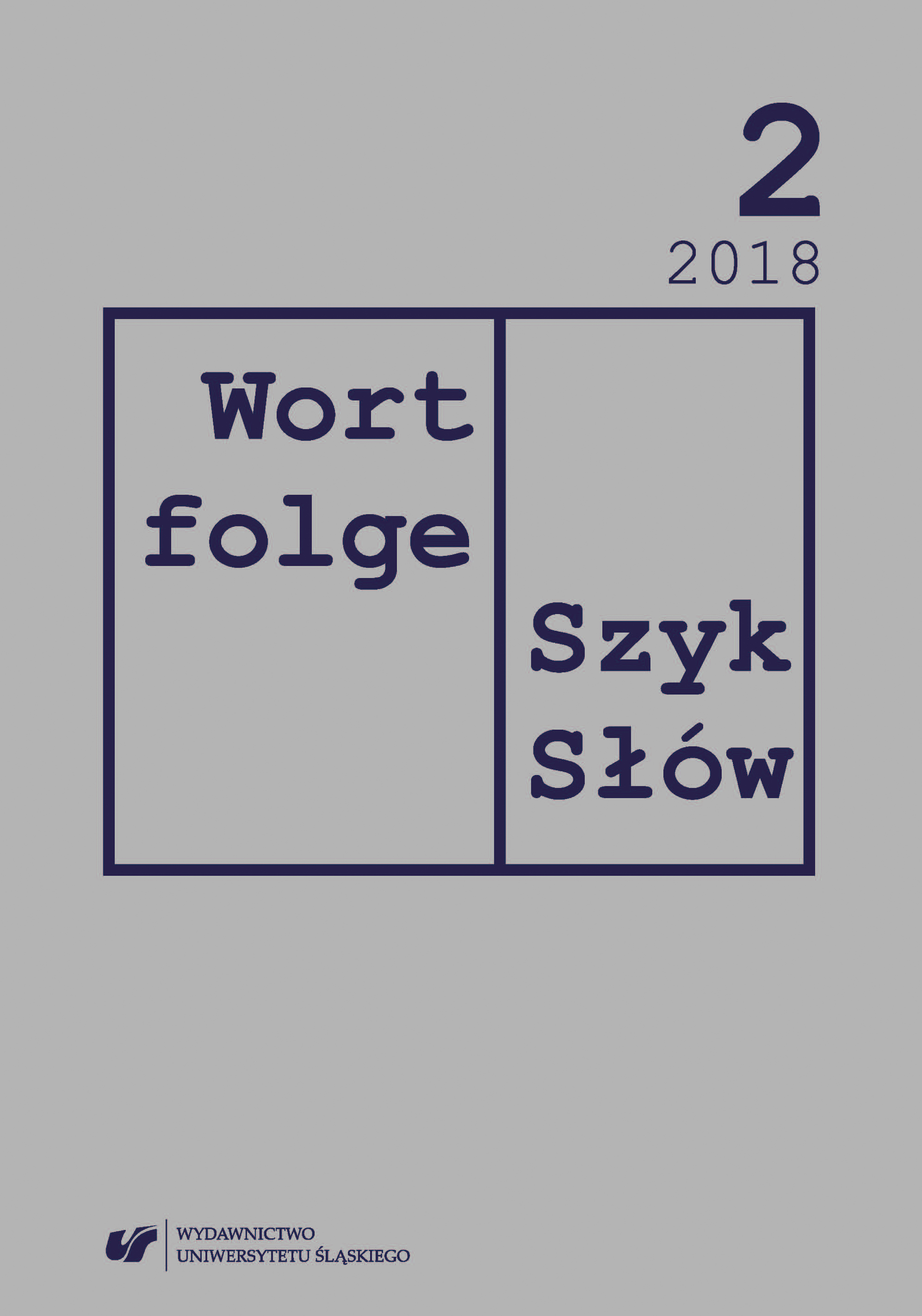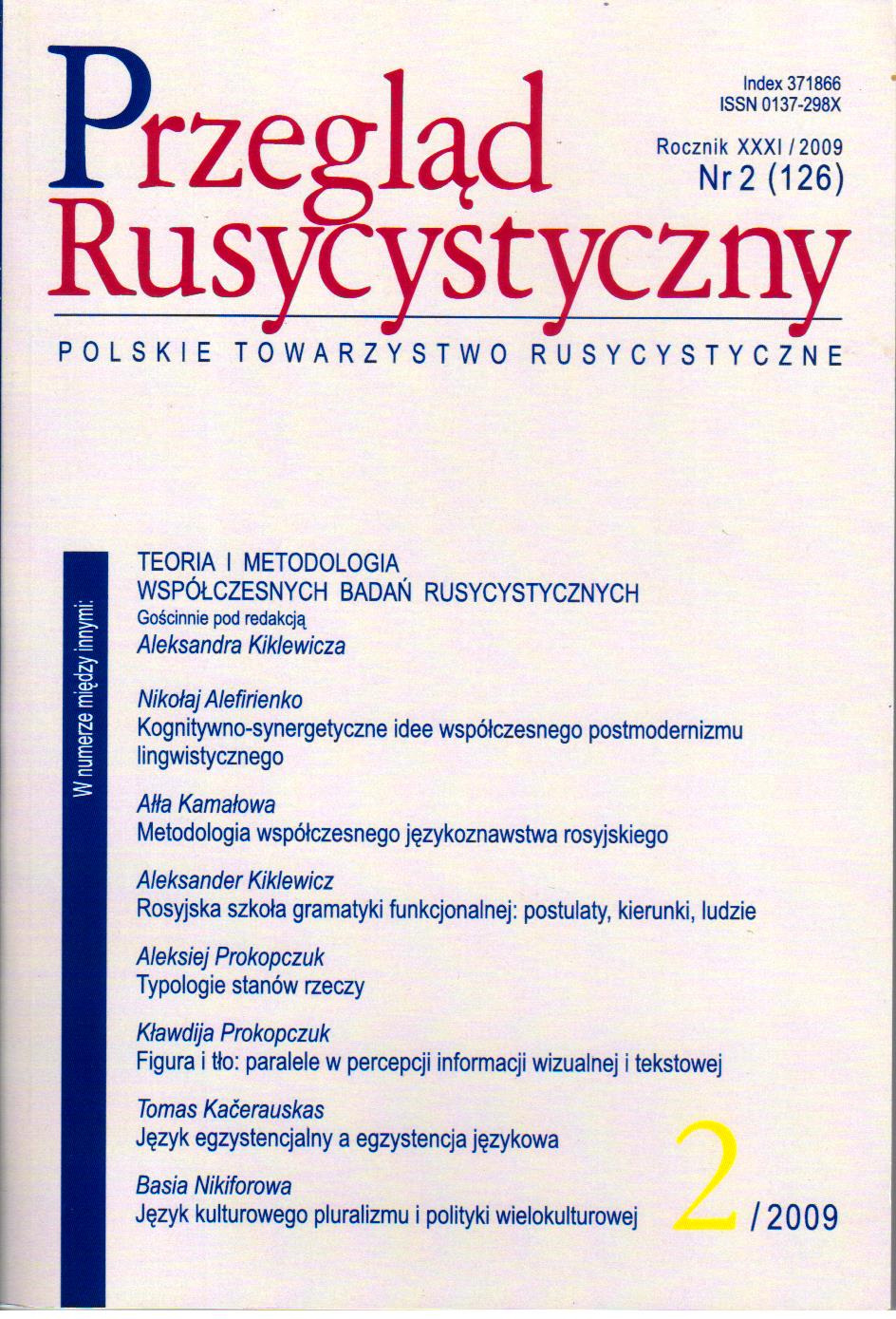
Названия политических партий в польско-русском и русско-польском переводе
The aim of the article is to present the methods of translation of the names of political parties in Russian and Polish press. The author focuses on difficulties of replacing several parts of the names by their lexical equivalents. Besides the other methods of introduction the names of political parties into the text such as abbreviation in the source and target language and transcription have been presented.
More...
